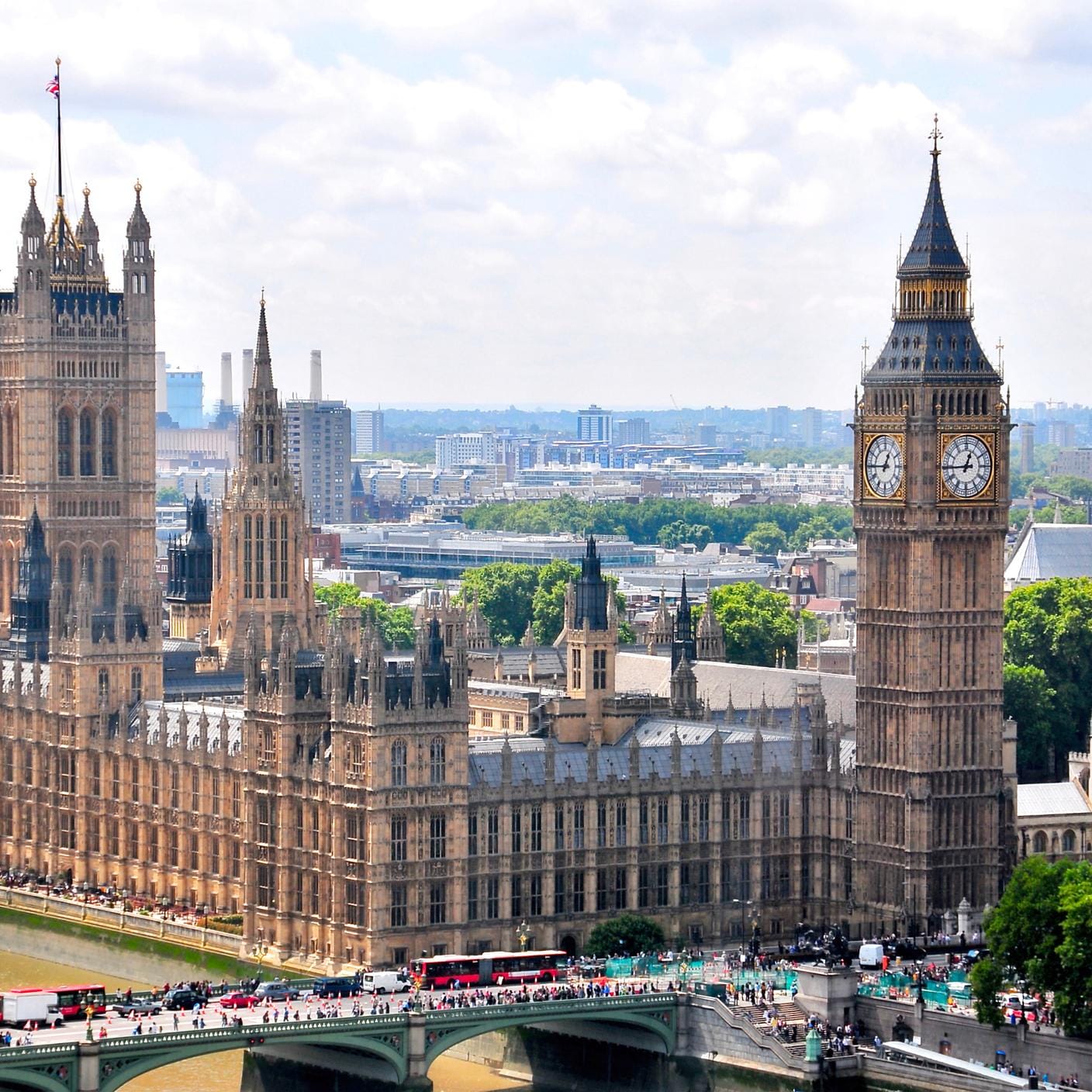What is the difference between the BSI Net Zero Pathway and achieving carbon
neutrality under PAS 2060?
The key difference is that the PAS 2060 approach allows an organization to purchase offset credits to achieve carbon neutrality whilst making incremental reductions to emissions. The BSI Net Zero Pathway approach has a greater focus on achieving emission reductions as a priority with off-set credits only being used to address residual emissions where it is not financially or technologically viable to reduce them further.
Can BSI certify my organization to both the BSI Net Zero Pathway as well as PAS 2060?
We would not combine these different products as the intended outcomes are different. The BSI Net Zero Pathway is suitable for organizations who are committed to achieving net zero whilst PAS 2060 is focused on carbon neutrality with a greater use of off-set credits to achieve this.
We have already got SBTi targets, why should we join the BSI Net Zero Pathway?
Setting targets is a good first step. However, unlike SBTi, the BSI Net Zero Pathway includes annual audits and review of targets to ensure they remain credible and achievable. The BSI Net Zero Pathway starts with a rigorous carbon footprint verification against the requirements of ISO 14064-1 which means that reduction targets are set against a credible baseline which has been independently verified to ensure all relevant emissions have been considered.
Does the BSI Net Zero Pathway allow a Sector Decarbonization Approach?
BSI discourages the use of a Sector Decarbonization Approach when applied to setting organization-level reduction targets. Every organization is different so we feel that targets should be specific to an organization rather than a sector.
I only want to include scope 1 and 2 emissions in my footprint verification as scope 3 emissions are too complicated and I can’t get the data I need. Is this ok?
No, ISO 14064-1 requires that all emissions scopes are considered in your footprint, scope 3 emissions can only be excluded if they aren’t significant and this needs to be suitable justified.
Our GHG data is audited by our accountants as we have to include this in our annual corporate report. Can we use this as an alternative to a ISO 14064-1 verification?
No, in order to set meaningful targets it is critical that your carbon footprint is verified against a recognised standard by specialists in the field of carbon management.
We have already been verified against ISO 14064-1 by someone that isn’t BSI, can we use this data to join the BSI Net Zero Pathway?
Yes, provided the organization who verified the data are UKAs accredited and the scope and boundaries of your organization haven’t changed.
We already have ISO 14001 and/or ISO 50001 with BSI, can these help us on our journey to net zero?
Yes, implementing an Energy and/or Environmental Management System can help you to improve your data collection and management processes and identify areas for improvement. ISO 50001 is particularly helpful when considering scope 1 and 2 emissions and ISO 14001 can help with scope 3 emissions related to your supply chains.





